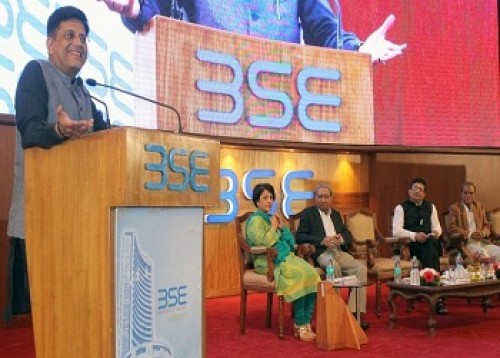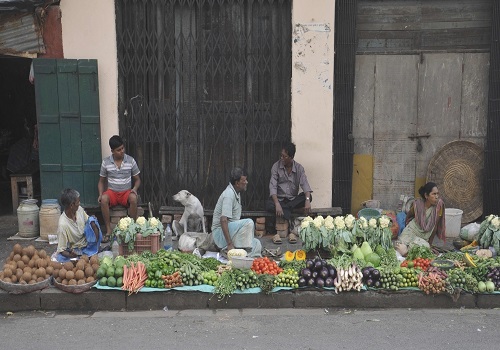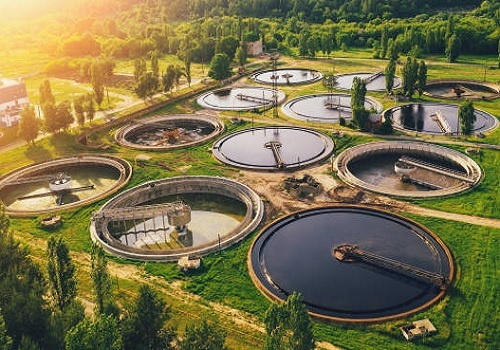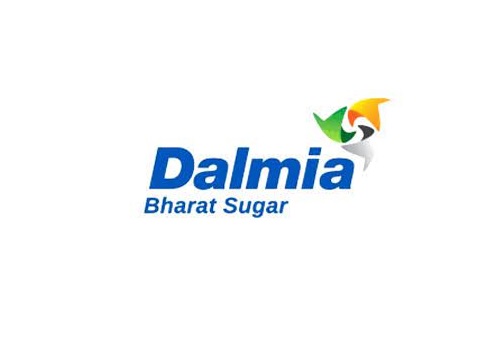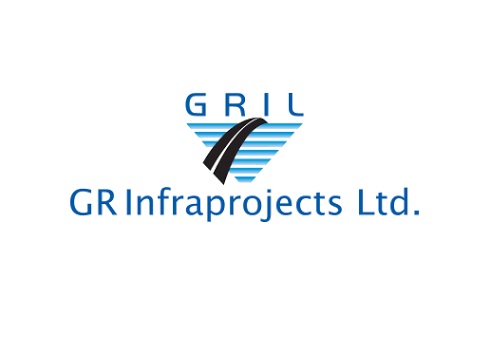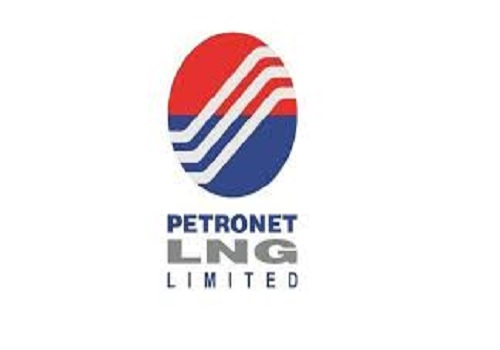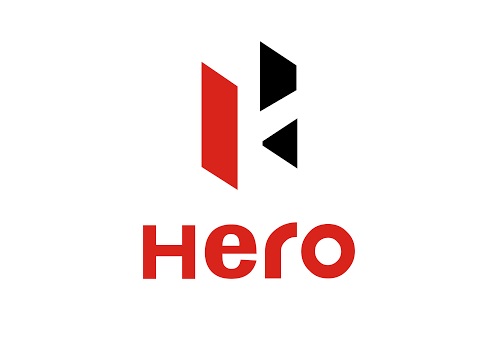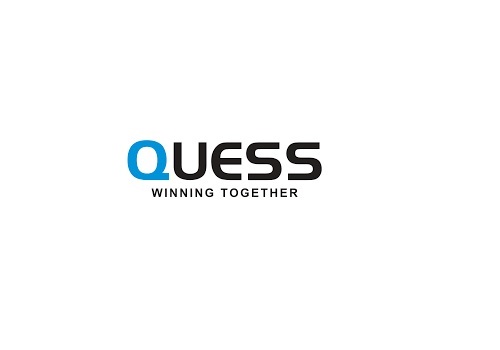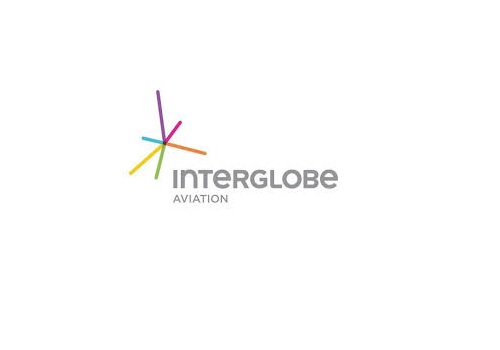Neutral Tata Steel Ltd For Target Rs. 1,215 - Motilal Oswal

Follow us Now on Telegram ! Get daily 10 - 12 important updates on Business, Finance and Investment. Join our Telegram Channel
Growth remains the key focus in India
Organic growth in flats, inorganic in longs
In its virtual Investors Day held on 6th July, Tata Steel (TATA) laid out its growth and carbon reduction strategy over the next 10 years. While no new projects were announced, the organic capex plan of INR500–600b in India over the next five years indicates more brownfield expansions (beyond KPO-II) are likely to be initiated soon to achieve the targeted doubling of India capacity by 2030. TATA aims to repay USD2b (~INR150b) in debt in FY22, which would lower the net debt/EBITDA to ~1x. However, it has guided for higher net debt/EBITDA of <2.0x in the long term. We read this as an indication of potential inorganic growth plans to expand long product capacities, which the management aims to grow 2.5x (4mt to 10mt) by 2030. While TSE should be cashflow-positive in FY22, high sustainability capex of GBP300–350m p.a. (USD40–50/t of volumes) would be a burden in the case of a cyclical downturn. Thus, we assign a Neutral rating, with TP of INR1,215.
Chasing growth in upstream and downstream capacities
* TATA aims to double its steelmaking capacity in India to 35–40mt by 2030, from 19.6mt currently. With the resumption of the 5mt expansion at Kalinganagar (KPO-II), it has already taken the first step in this direction. It also aims to set up a ~0.5mt EAF capacity by 2024, which would take its capacity to ~25mtpa in FY25. It would pursue the remaining 15mtpa of growth through a mix of brownfield expansions at Kalinganagar/Angul/Jamshedpur and inorganic growth opportunities for long products such as RINL and NINL.
* TATA aims to improve the share of longs in its products mix to 25% by 2030, from ~20% currently. This implies 2.5x inorganic growth in longs capacity.
* It aims to increase its downstream capacities such as CRM, ductile iron pipes, tinplate, tubes, and wires to 11.5mtpa (from 6.6mtpa) over the medium term.
* Furthermore, it aims to increase its iron ore capacity to 50mtpa to meet the higher iron ore requirement and sell the surplus iron ore on the market.
Balance sheet deleveraging another focus area
* TATA aims to reduce its gross debt by >USD2.0b (INR150b) in FY22 and would prioritize off-shore debt pre-payments.
* While TATA was able to release ~INR94.0b in cash from working capital last year, it aims to maintain the working capital at similar levels despite higher prices.
* TATA’s guidance for threshold net debt/EBITDA and interest coverage ratio of 2.0x and 4.0x across cycles indicates the management is keen on keeping the balance sheet levered to fund higher capex and acquisitions.
* The management highlighted the Europe business would be cashflow-positive and would not seek support from the India business. Furthermore, it has stopped taking support from Tata Steel Global Procurement to finance its working capital requirements.
Other key highlights
* The management is pursuing the total separation of the UK and Netherlands operations, which would improve the profit and loss accountability of the businesses at geographic levels.
* The average annual capex spend in India would be INR100–120b for the next five years. The TSE capex spend is likely to remain high at ~GBP350m (~INR49b) in FY22, a large portion of which would be towards sustenance projects.
* Cost reduction of INR53.7b was achieved in India in FY21 through cost and supply chain optimization, and another INR20.0b fall is planned in FY22.
* Furthermore, as a part of its Transformation Program at TSE, it achieved overhead cost reduction of INR22.0b in FY21. It expects a further GBP200m (INR28b) reduction in TSE.
* Tata Steel Europe continues to engage with the UK and Netherlands, seeking support in the form of imposing carbon border adjustment tax – as the carbon reduction program would lead to increased costs, in turn reducing TSE’s competitiveness against imports.
Valuation and view
* We expect consolidated revenue/EBITDA/PAT to grow 40%/94%/3.0x to INR2,187b/INR593b/INR330b in FY22.
* Deleveraging should remain strong despite the resumption of growth capex. We expect net debt to decline a further INR204b to INR621b in FY22.
* We arrive at our TP of INR1,215/sh on FY23E EV/EBITDA of 5x for its India operations and 4x for Europe. Our TP implies EV/capacity of USD902/t, a 30% premium to the past five-year average of USD700/t. It factors in the benefit of likely deleveraging from the current upcycle. Given the limited upside, we assign a Neutral rating.
To Read Complete Report & Disclaimer Click Here
For More Motilal Oswal Securities Ltd Disclaimer http://www.motilaloswal.com/MOSLdisclaimer/disclaimer.html SEBI Registration number is INH000000412
Above views are of the author and not of the website kindly read disclaimer

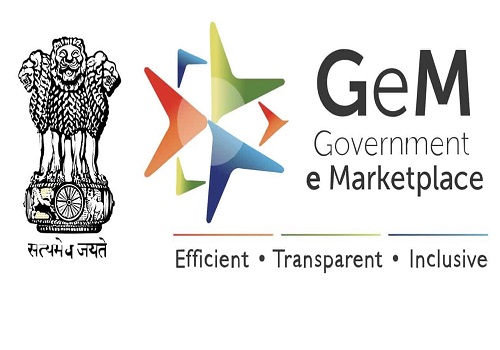
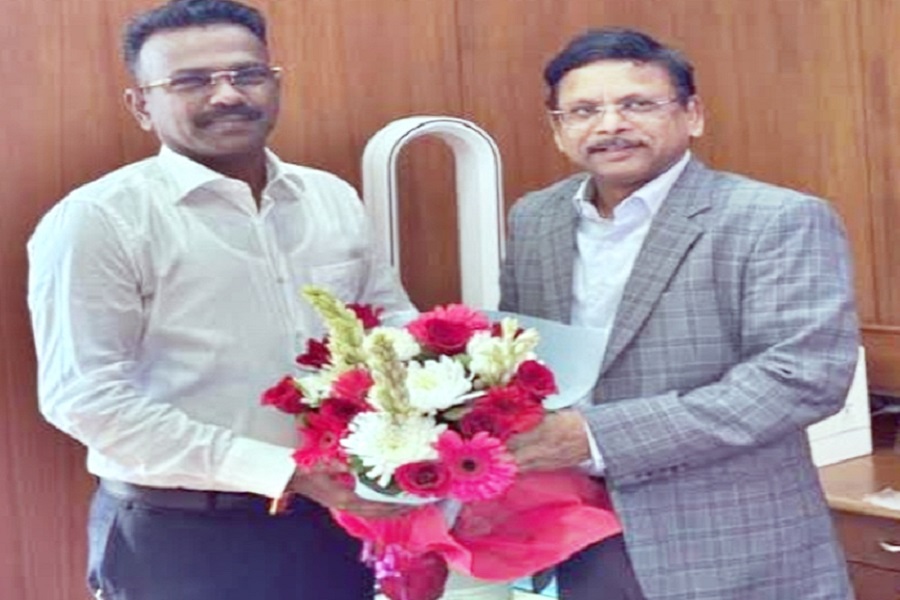
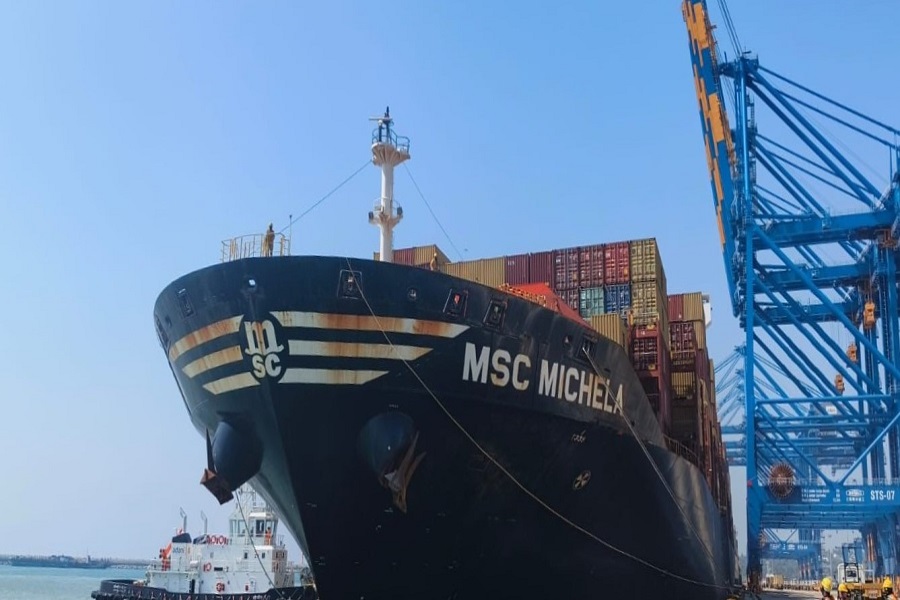
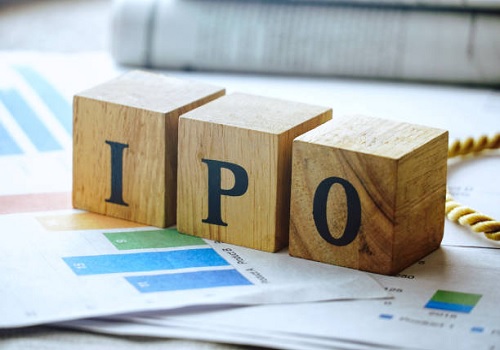



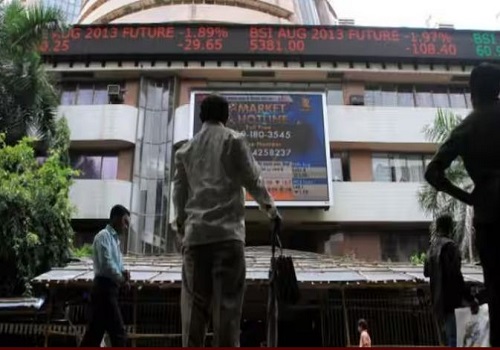
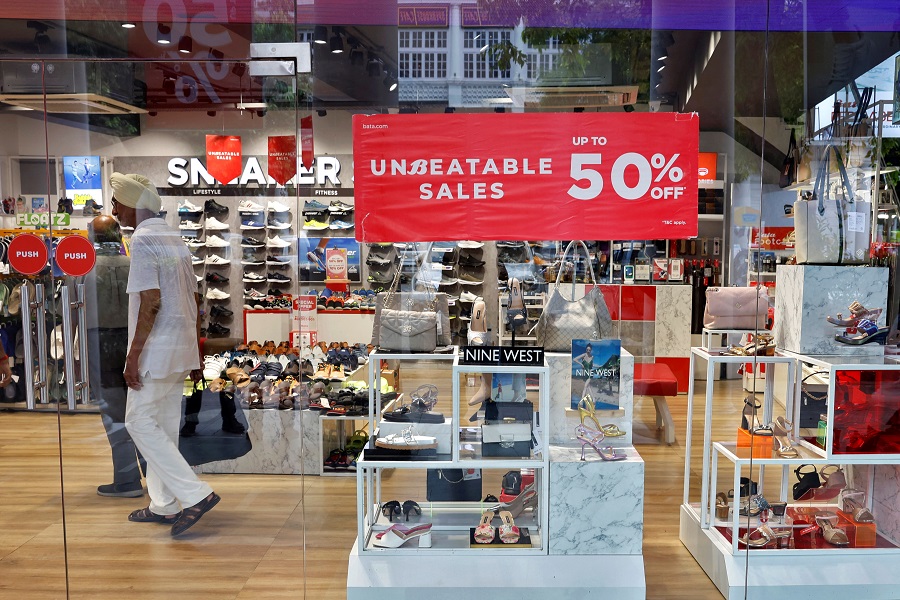


 320-x-100_uti_gold.jpg" alt="Advertisement">
320-x-100_uti_gold.jpg" alt="Advertisement">

